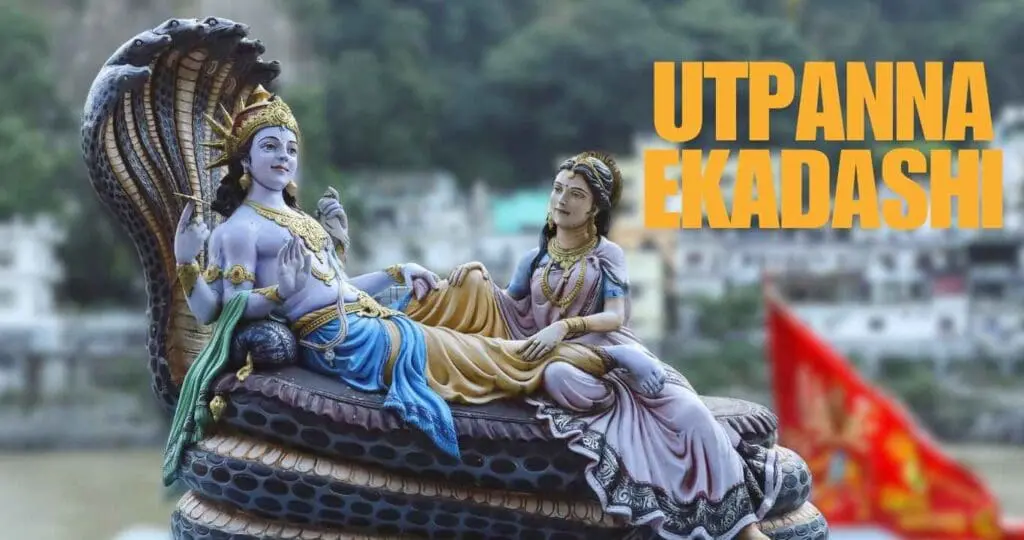Lord Shiva, one of the principal deities in Hinduism, is venerated in various forms, but one of his most revered representations is through the
Jyotirlingas. These sacred shrines are spread across India, with each Jyotirlinga signifying divine power and wisdom. In this blog post, we explore the
12 Jyotirlingas of Lord Shiva, their significance, myths, and some fascinating and lesser-known facts about these holy sites. Whether you are a devotee or someone curious about Hindu mythology, this guide will provide you with invaluable insights into these powerful temples of Lord Shiva.
What Are Jyotirlingas?
The term
Jyotirlinga is derived from two Sanskrit words: “Jyoti” meaning light and “Lingam” meaning symbol or representation. Therefore, a Jyotirlinga is a manifestation of Lord Shiva as a radiant beam of light. It is believed that there are
12 Jyotirlingas scattered across India, and visiting all of them is considered to bring spiritual enlightenment and liberation (Moksha). These temples not only reflect the divine presence of Lord Shiva but also symbolize his cosmic energy.
The 12 Jyotirlingas of Lord Shiva
The 12
Jyotirlingas are spread across India, each located in unique and picturesque settings, with their own distinct legends and significance. Below are the names and locations of the Jyotirlingas, each of which holds a special place in the hearts of devotees
Somnath (Gujarat)
The first of the 12 Jyotirlingas, located in
Prabhas Patan, Somnath is considered one of the holiest temples. It is believed that Lord Shiva appeared here in the form of a radiant light to protect the world.
Myth: Somnath was destroyed and rebuilt several times in history, including by Mahmud of Ghazni.
Mallikarjuna (Andhra Pradesh)
Situated on the
Srisailam mountain, this Jyotirlinga is dedicated to Lord Shiva and Goddess Parvati.
Interesting Fact: It is also one of the 18
Shakti Peethas, making it a significant site for both Shaiva and Shakta devotees.
Mahakaleshwar (Madhya Pradesh)
Located in
Ujjain, the Mahakaleshwar temple is known for its
Bhasma Aarti performed with ashes.
Lesser-Known Fact: This temple is one of the few where the Jyotirlinga is believed to be Swayambhu, meaning self-originated.
Omkareshwar (Madhya Pradesh)
Situated on an island in the
Khandwa district, this Jyotirlinga is revered for its unique shape, resembling the sacred symbol of
Om.
Myth: It is said that Lord Shiva and Goddess Parvati blessed the island with eternal sanctity.
Kedarnath (Uttarakhand)
Located in the majestic
Himalayas, the Kedarnath temple is one of the most difficult to reach, making it a pilgrimage destination for devout followers.
Interesting Fact: The Kedarnath Jyotirlinga is worshipped in the form of a triangular-shaped stone.
Bhimasankar (Maharashtra)
Located near Pune,
Bhimasankar is often associated with the myth of
Bhima, one of the Pandavas in the Mahabharata.
Lesser-Known Fact: It is believed that Lord Shiva defeated the demon Tripurasura here, restoring peace.
Kashi Vishwanath (Uttar Pradesh)
Situated in
Varanasi, one of the oldest cities in the world, Kashi Vishwanath is one of the most sacred temples of Lord Shiva.
Myth: It is said that Lord Shiva resides here in his eternal form, and visiting the temple grants salvation.
Trimbakeshwar (Maharashtra)
Located near
Nashik, the Trimbakeshwar temple is unique for its three lingas representing
Brahma, Vishnu, and Shiva.
Interesting Fact: The river
Godavari originates near this temple, making it a place of great significance.
Vaidyanath (Bihar/Jharkhand)
Also known as
Vaijnath, this temple is located in
Deoghar. It is said to have been created by Lord Rama.
Myth: Lord Rama worshipped this Jyotirlinga to cure his father’s illness, which is why it is associated with healing.
Nageshwar (Gujarat)
Situated in
Dwarka, this temple is associated with the serpent deity
Kaliya and the myth where Lord Shiva protected his devotees from the demon.
Interesting Fact: It is believed that Lord Shiva here is
Nageshwar (the protector of serpents).
Ramanathaswamy (Tamil Nadu)
Located on
Ramanathapuram Island, this temple is famous for its grand
corridor and the
Rama Setu (Adam’s Bridge).
Lesser-Known Fact: It is said that Lord Rama built a bridge to Lanka from this place, linking the temple to the epic Ramayana.
Dwaraka (Gujarat)
This temple, situated on the west coast, is believed to be the place where Lord Krishna spent his last days. The temple is surrounded by historical significance, with the myth of
Lord Krishna’s departure intertwined with the sacred linga.
Fascinating Myths and Stories Behind the Jyotirlingas
Each Jyotirlinga is embedded with rich mythological stories and folklore. From the divine
manifestation of Shiva’s power to his earthly presence, these tales evoke awe and wonder. For example, the
Somnath temple is said to have been destroyed by
Mahmud of Ghazni in the 11th century but was rebuilt to symbolize the eternal nature of Shiva. Similarly, the
Kashi Vishwanath temple is considered the gateway to liberation, with stories of Shiva’s eternal residence here.
Interesting and Lesser-Known Facts About the 12 Jyotirlingas
The
Kedarnath Jyotirlinga is
open for only six months due to the extreme weather conditions of the Himalayas. Pilgrims must trek long distances to reach it.
Mahakaleshwar has a unique ritual known as
Bhasma Aarti, where
ashes from the sacred pyres of deceased souls are used to worship Shiva.
The
Trimbakeshwar temple holds a unique position because of its association with the
Tri-murti, representing the three major deities of the Hindu pantheon: Brahma, Vishnu, and Shiva.
Conclusion
The
12 Jyotirlingas are powerful representations of
Lord Shiva’s divine presence and hold deep spiritual significance in Hinduism. From the
majestic Kedarnath nestled in the Himalayas to the sacred
Kashi Vishwanath in Varanasi, each Jyotirlinga has its own mythological history and unique rituals. Pilgrimages to these temples have been a spiritual journey for millions of devotees, offering them a chance to connect with the divine energy of Lord Shiva. Understanding the myths, interesting facts, and the significance of these temples brings us closer to the rich cultural and spiritual heritage of India.


